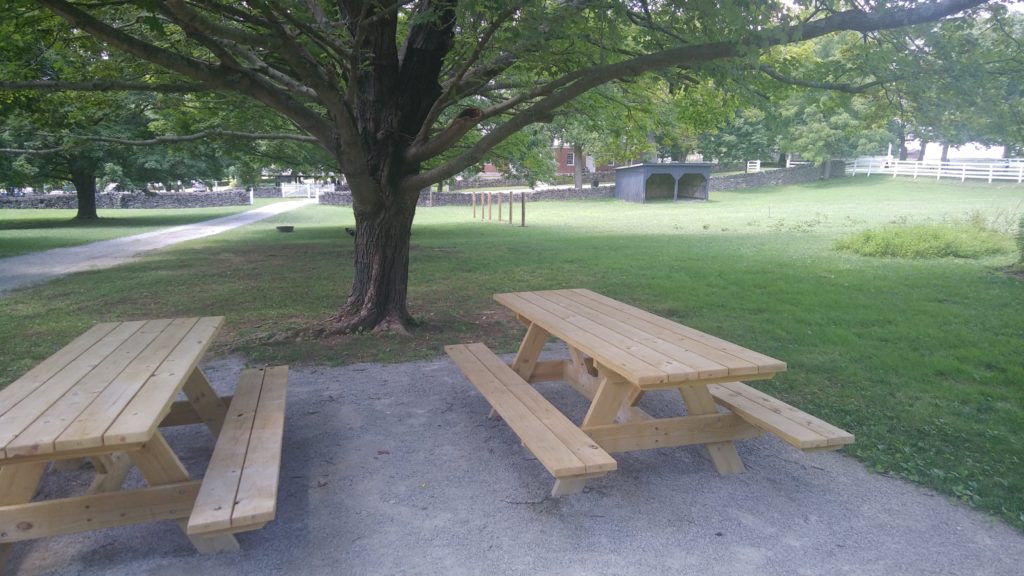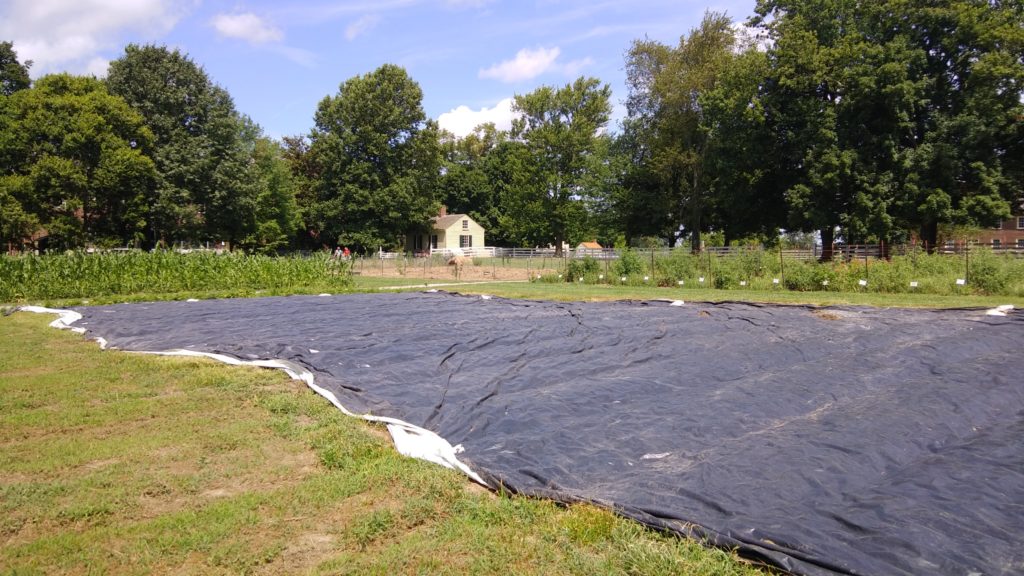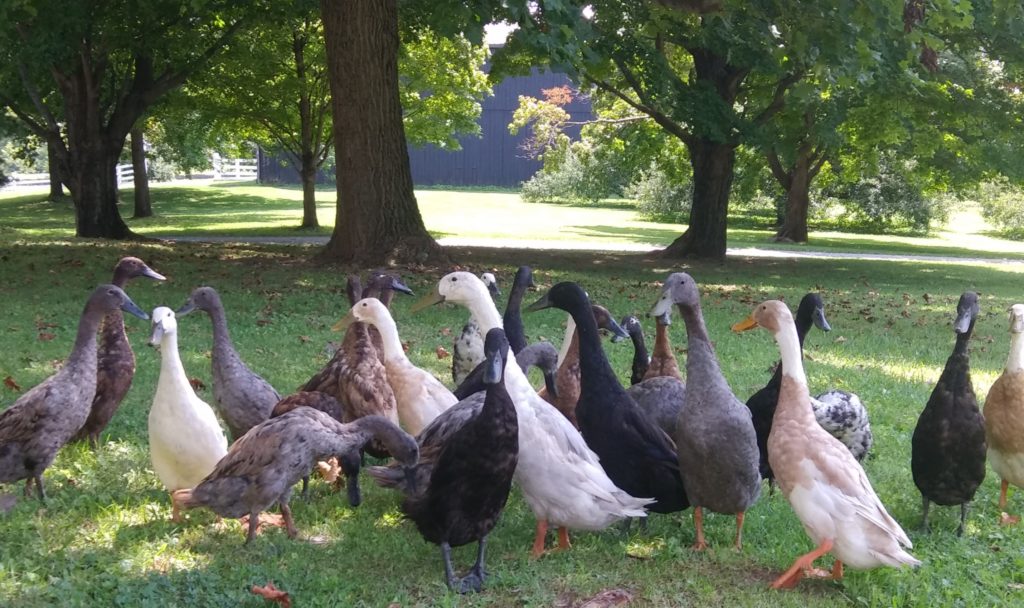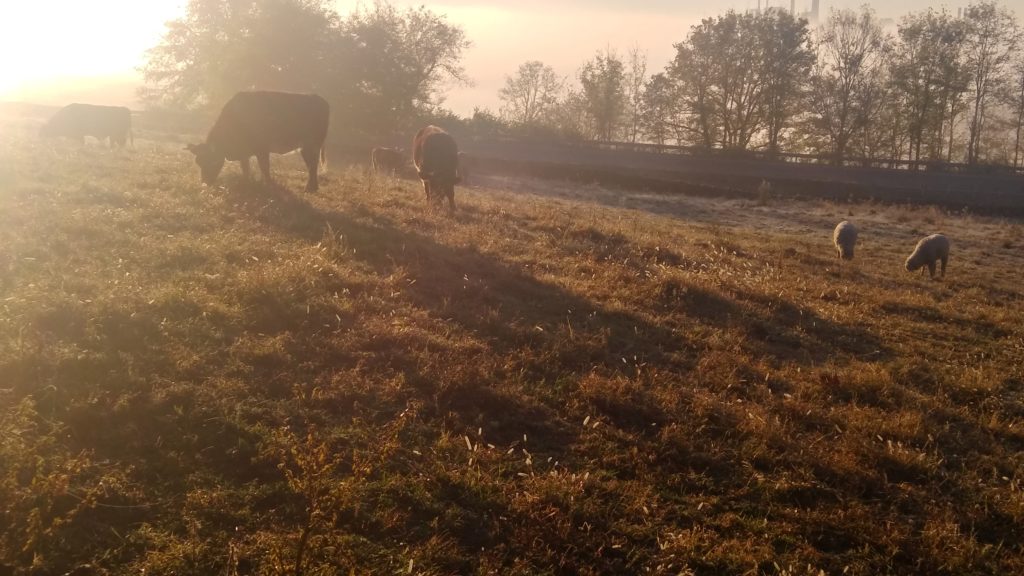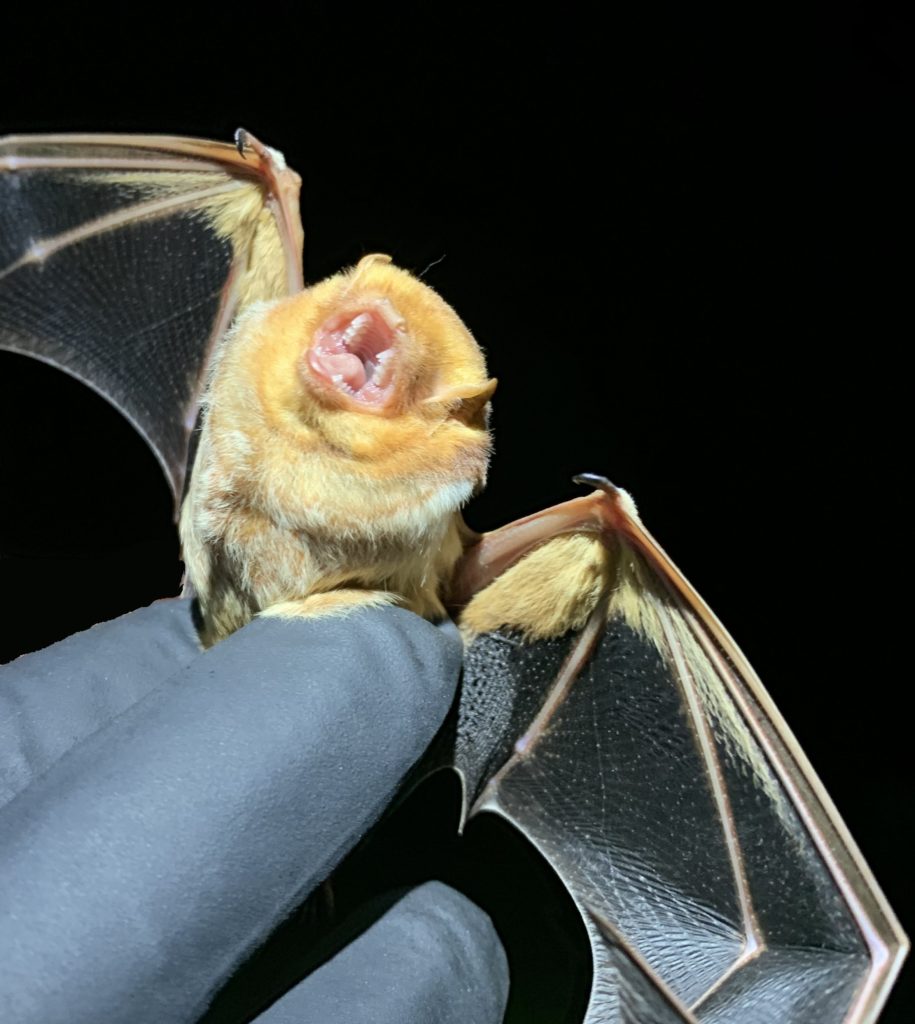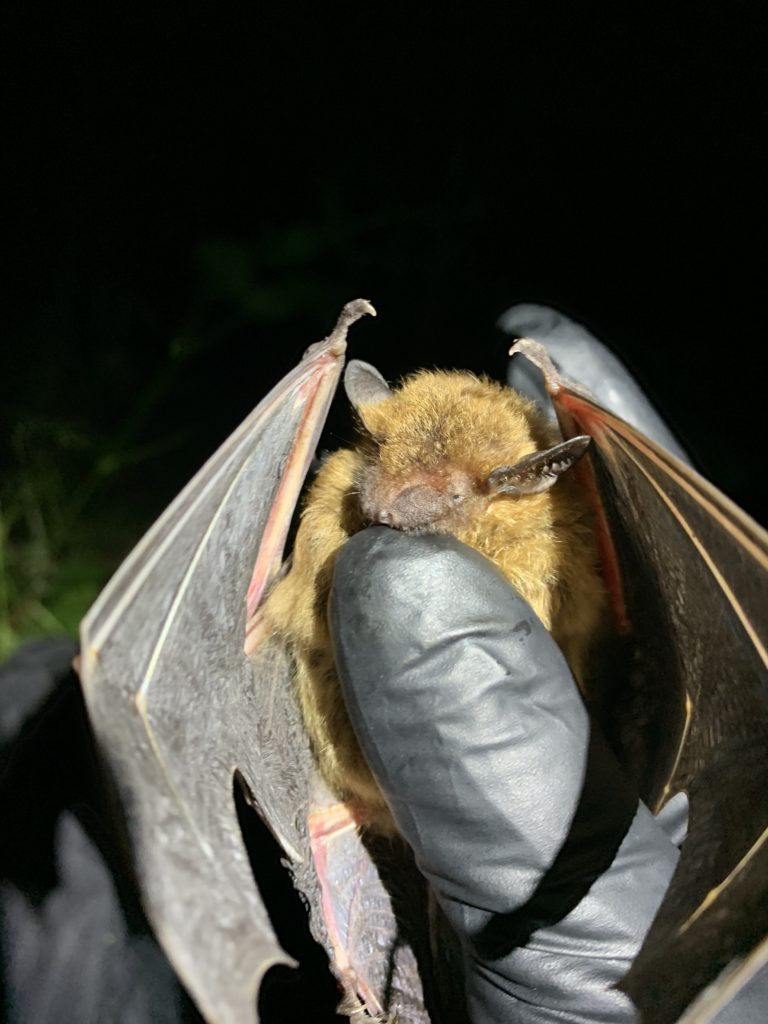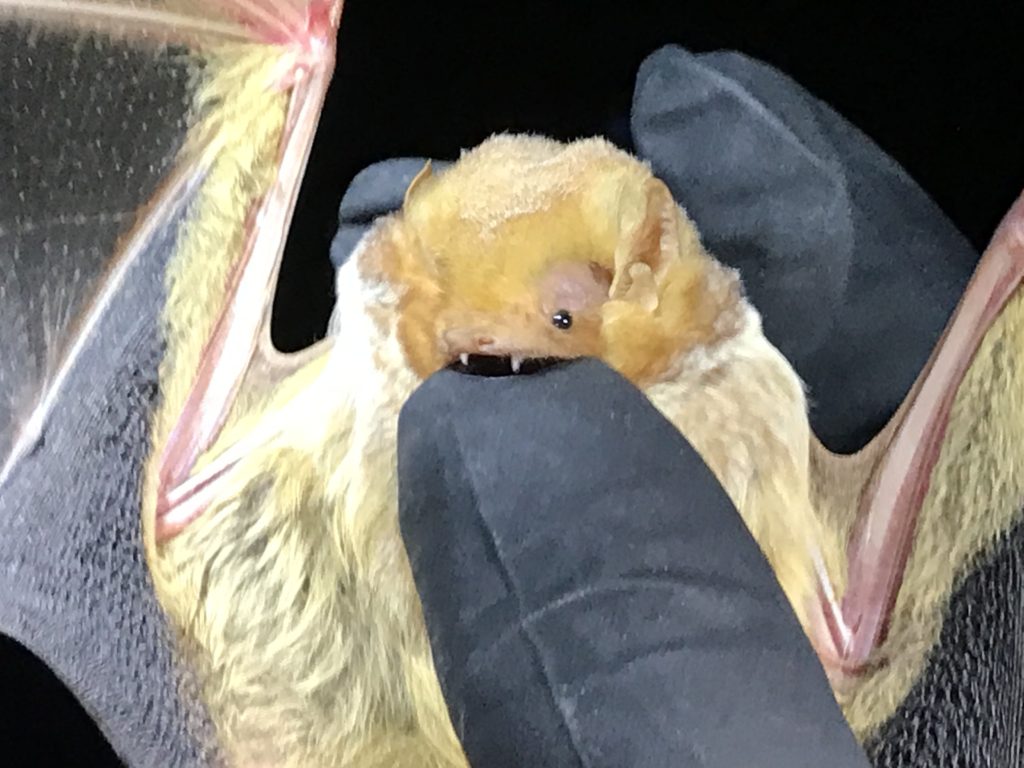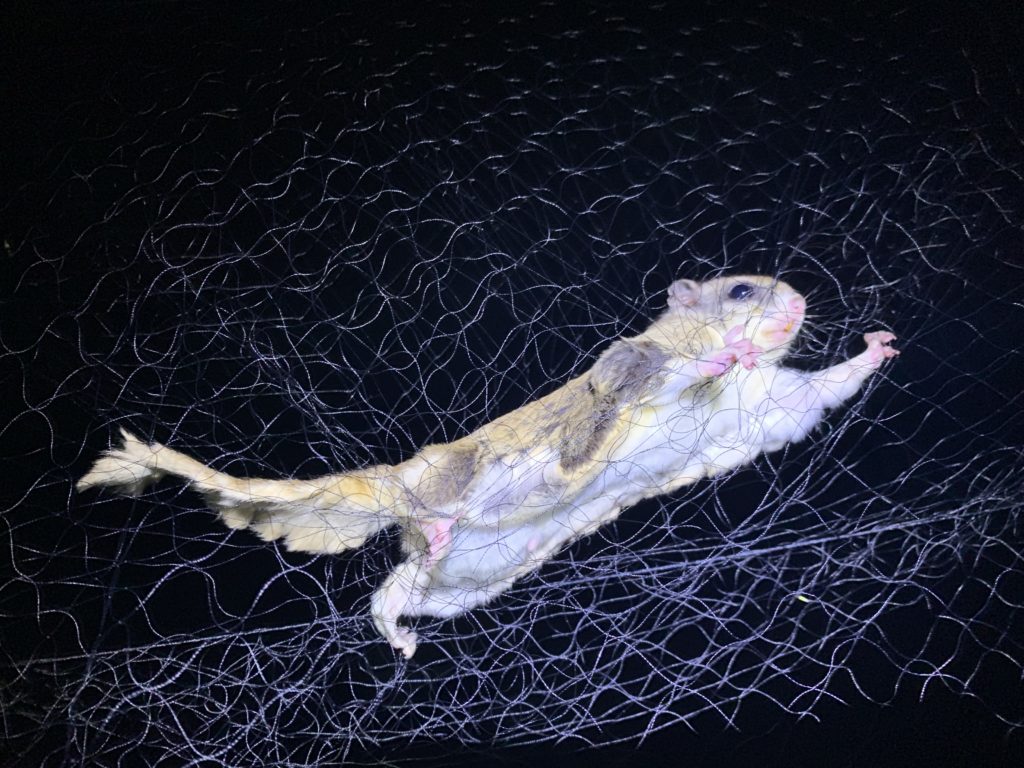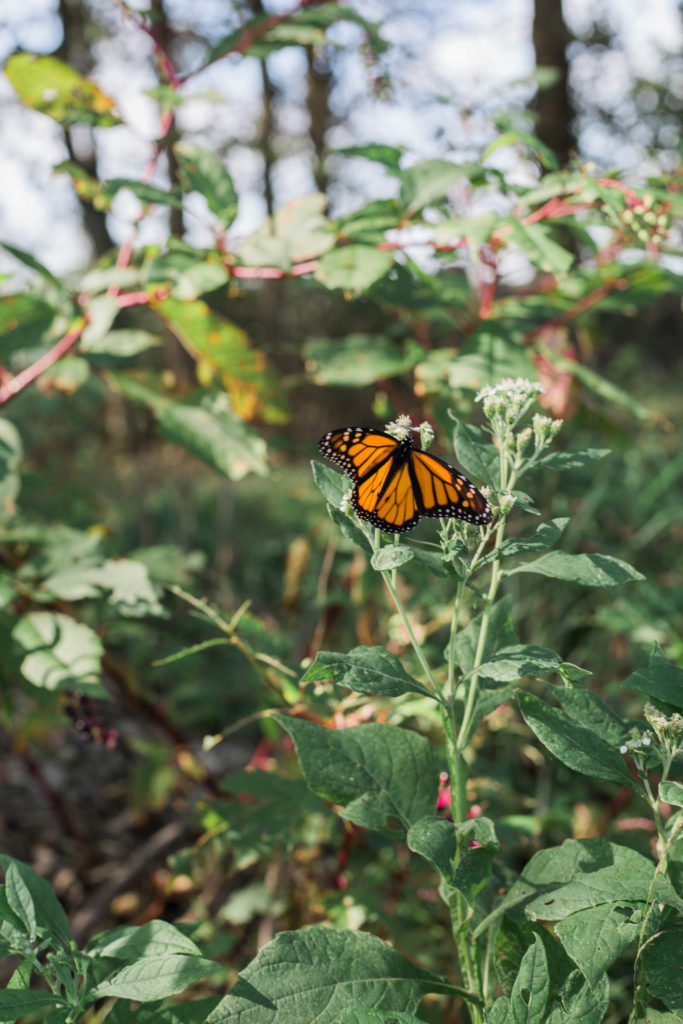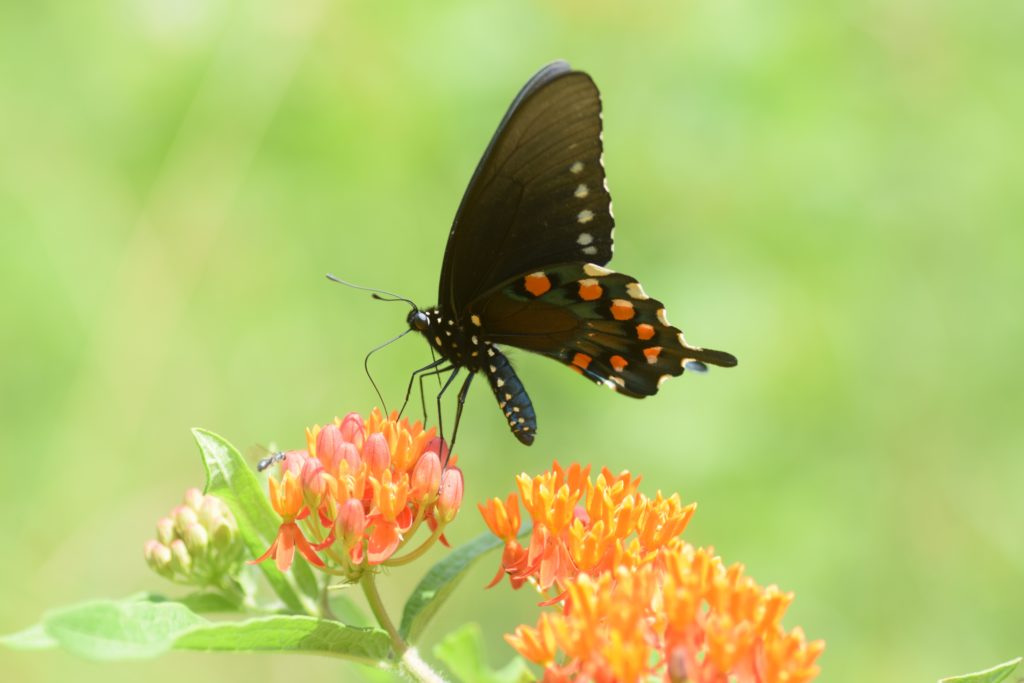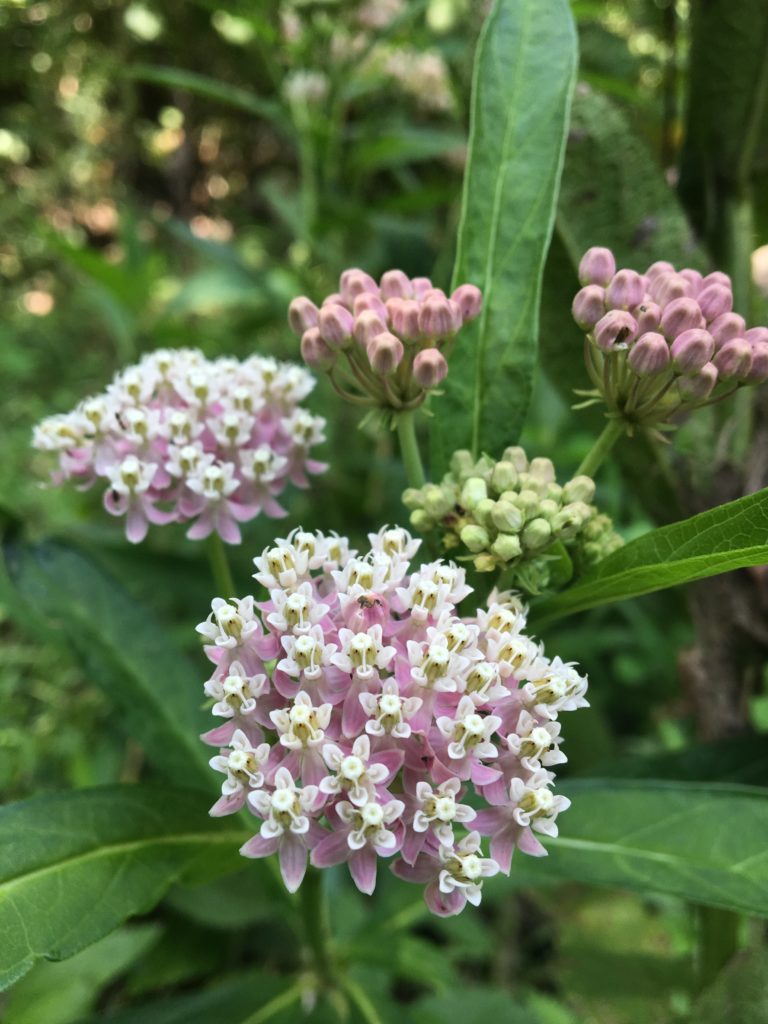Billy Rankin, Vice President of Public Programming and Marketing
This is the seventh article in an ongoing series outlining long-range planning at Shaker Village of Pleasant Hill. New to the series? You can visit our previous articles here:
- Preserving the Past, Planning for the Future – An overview of Shaker Village’s long-range planning process
- Pieces of a Puzzle – An introduction to the list of projects included in the long-range plan
- Landing in the Right Place – A new vision for Shaker Landing
- The Power of Play – The addition of a children’s playscape
- A House of Dignity and Charm – Expanding the impact of the 1839 Trustees’ Office
- A Lot to Live Up To – Developing the 1850 West Family Wash House into an overnight suite
3,000 Acres of Discovery
Shaker Village of Pleasant Hill is an expansive property with an interesting balance of land use. By the numbers, the 3,000 acres that make up Shaker Village’s property are divided approximately in this way:
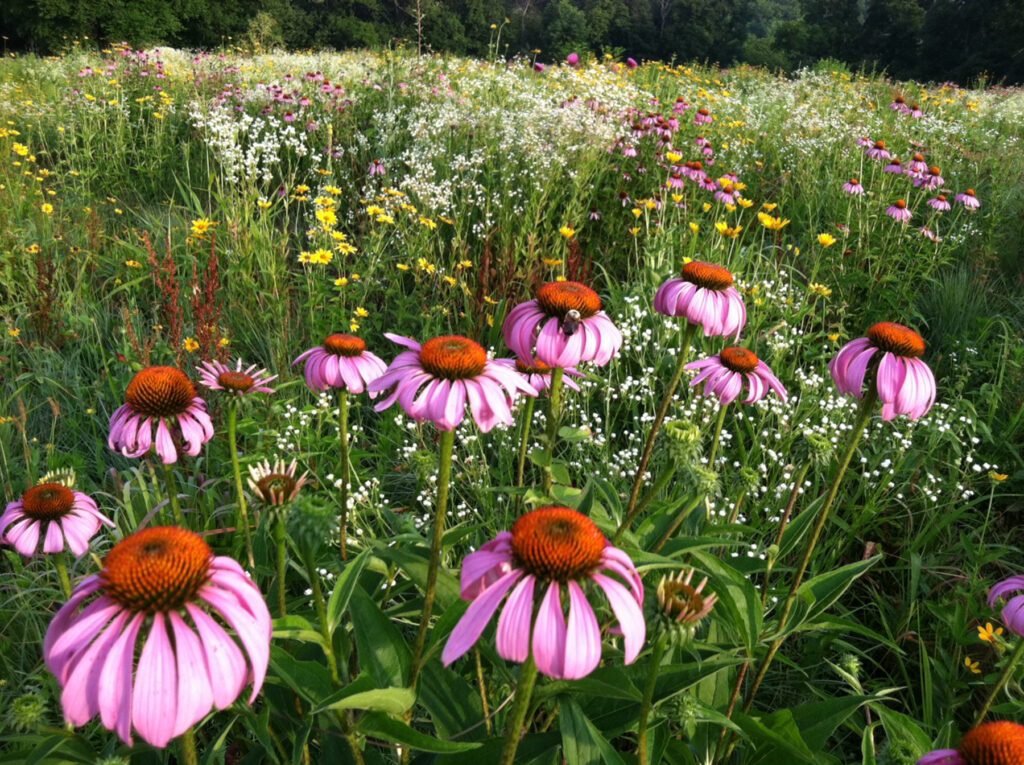
- 200 acres are “developed,” with buildings, roads and parking areas.
- 800 acres are agricultural, with most of this being leased land for modern farming, and a little over 1/8 of this acreage used for the Village’s educational farm.
- 2,000 acres comprise the Preserve at Shaker Village. Of this, 1,000 acres are managed as a prairie, with a habitat of summer grasses and wild flowers. The remaining 1,000 acres are woods, wetlands and waterways.
The Preserve comprises 2/3 of Shaker Village’s land. Each year, between 10-20,000 guests visit the Village specifically for the Preserve. These guests come to hike, bike and ride horses. They come for nature-based programming, and family photos. They come for 5k’s and stargazing. And more are coming every year.
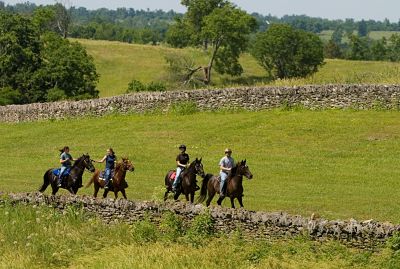

Recent History
Although the Preserve and its 33 miles of multi-use trails are a major part of the Shaker Village experience today, it is a relatively new addition to the organization’s offerings. Until 2008, most of the land that is now managed as a prairie had been operating as a cattle farm. Unfortunately, the cattle operation was not financially sustainable and, as with many business operations during the economic downturn of ’08, change was necessary. The Shaker Village Board of Trustees’ voted to forego management of the cattle operation, scaling down to focus on the educational component instead.
So, what was to become of the cattle pastures that remained?
While the Board realized they needed to move out of the cattle business, there was not yet a consensus on what to move toward. The idea of converting over 1,000 acres to prairie was one born of being in the right place at the right time.
Don Pelly had worn many hats at Shaker Village during his years associated with the nonprofit. While working as a science teacher he found time to participate in the Pleasant Hill Singers, assist with photography at the Village and lead some public programs here and there. When he retired from teaching, he took on a full-time role at the Village. In 2008 he was the Village’s Property Manager, and attending the retirement party for a colleague.
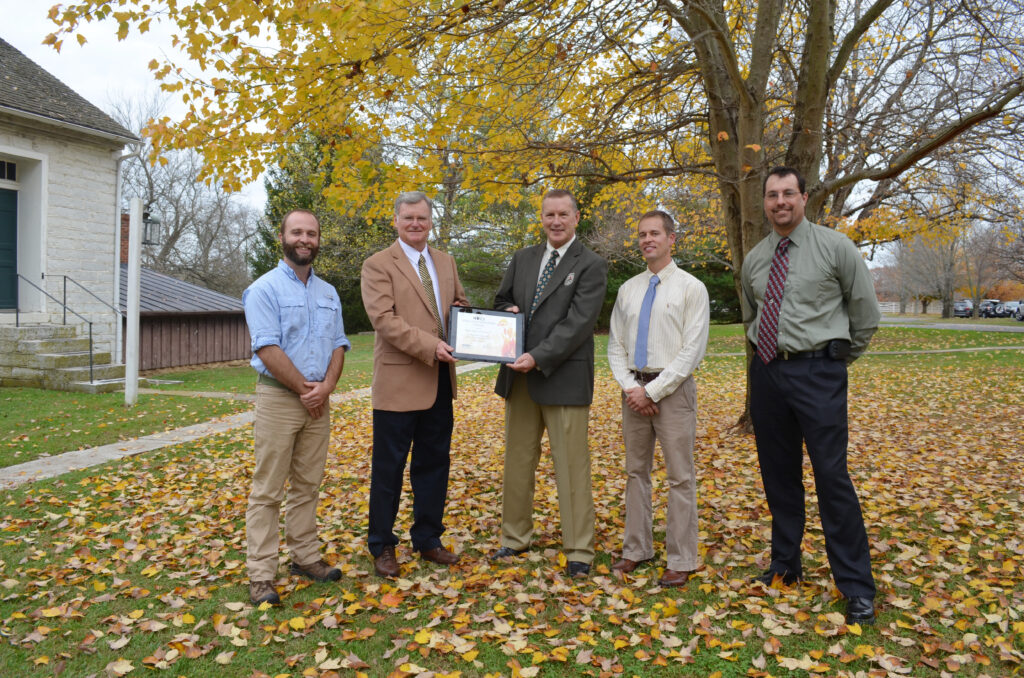
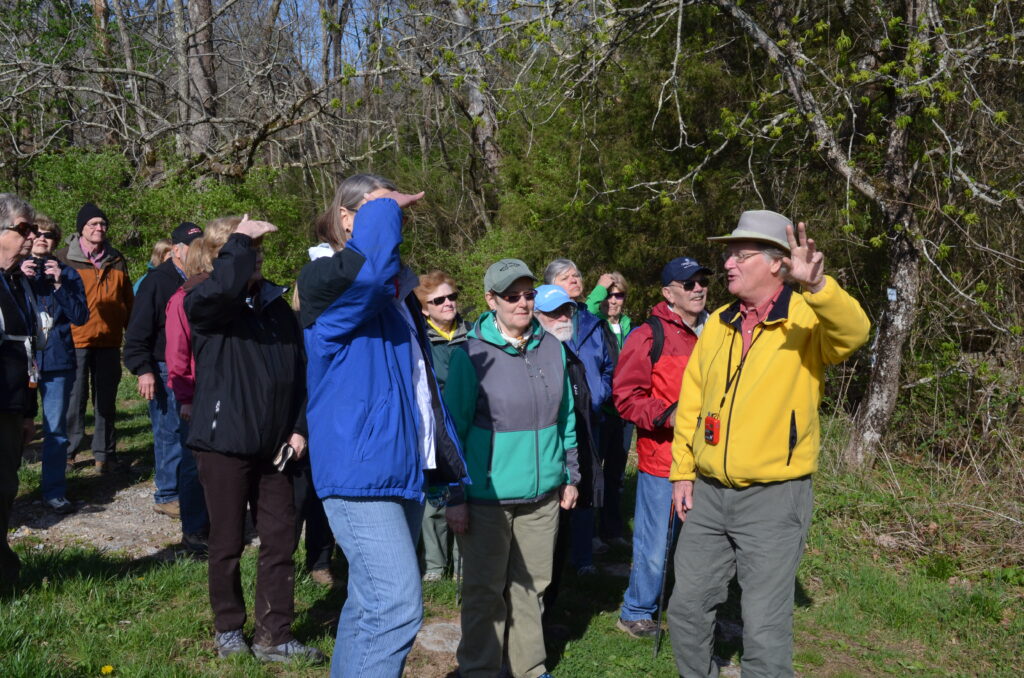
It was at this party that the seeds for the Preserve were sown, if you’ll excuse the pun, as Don first learned in casual conversation that government grants were available for converting pastures to native prairie. After some research into the opportunity, Don presented this option to Shaker Village’s leadership team, and work on creating the Preserve we know today was begun.
Although the Village had previously provided some hiking and riding trails, the initiative to diversify the natural environment on the property also led to the establishment of an expanded trail system. These new resources led to additional environmental studies and educational opportunities. Each success and challenge led to the next opportunity. Soon, Don was appointed as the Village’s first Preserve Manager, a title he passed on in 2015 to Ben Leffew, who had worked alongside Don for years and still oversees operations in the Preserve today.
Jumping Off Points
To access Shaker Village’s trail system, guests begin at one of three different trailheads: East, Center or West. Over 90% of guests use the Center or West trailheads, as they provide access to the greatest variety of trails for hikers, and an equestrian center for horseback riders. As use of the trail system has increased, the need for additional infrastructure to support the guest experience, while also protecting delicate ecosystems, has become more apparent.
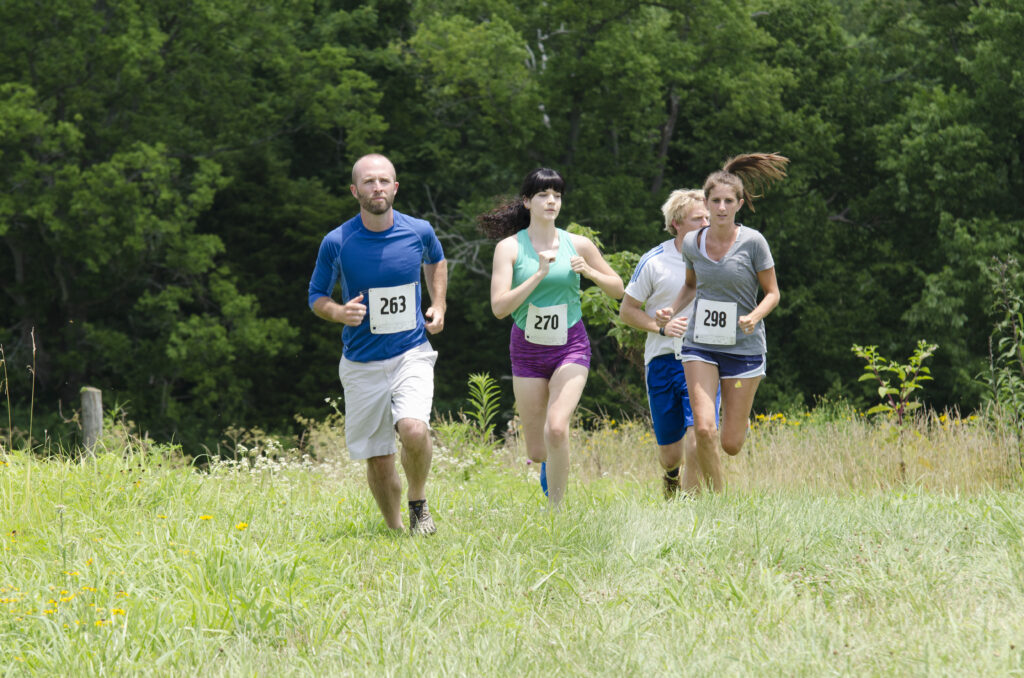

Without adequate parking, guests are more likely to park in the grass, along the prairie or near erosion-prone locations near waterways. Without convenient restrooms, guests are more likely to “make their own” wherever nature calls. A higher number of guests is a very good thing, but without the proper amenities, the quality of the experience can decline for everyone.
With these challenges and opportunities in mind, Shaker Village’s Long-Range Planning Committee began a plan to design and construct a new nature center along the road to the Center and West trailheads.
A Prairie Home
A nature center will provide a first-class introduction to the natural and cultural environment surrounding Shaker Village. Along with educational exhibits and indoor gathering space that can be used for a variety of events, the nature center will also provide staff offices, a lab and supply storage. Restroom facilities and public parking will alleviate immediate needs in this area of the property, and the Village’s capacity for hikers, field trips, group tours, summer campers and other guests will expand greatly.
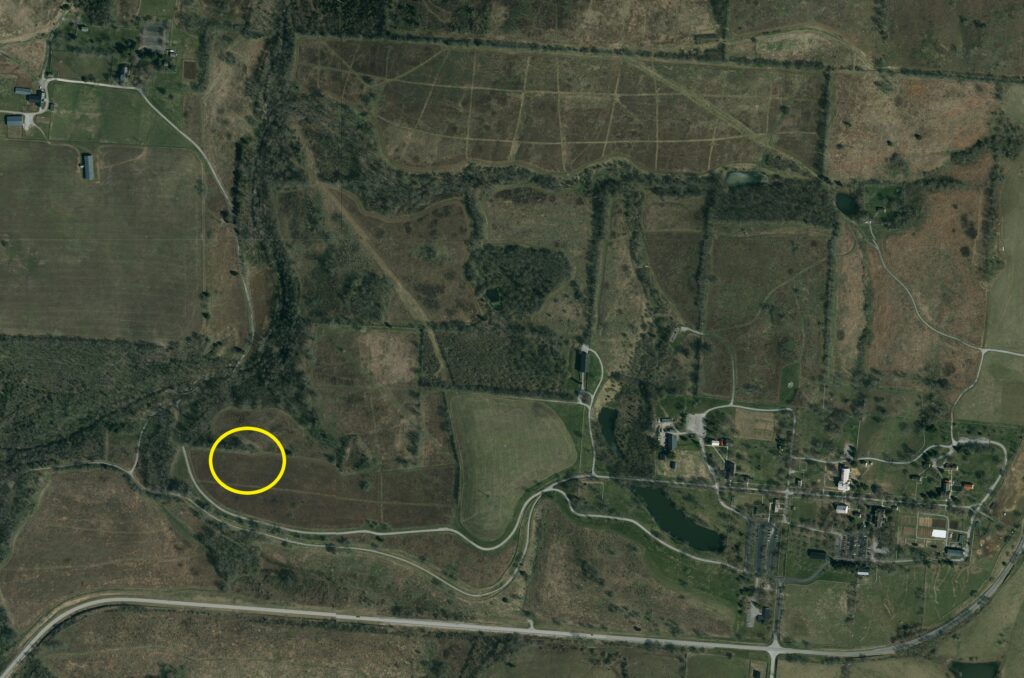
The addition of a nature center will relieve pressures from historic buildings like the 1815 Carpenter’s Shop (Welcome Center) and the 1820 Meeting House (the largest indoor area for banquets currently).
While the design of the new nature center is not yet determined, the Committee has recommended a site that is not in the viewshed of the Historic Centre of the Village, or any other historic buildings. This will allow some flexibility in design, perhaps taking more inspiration from the natural environment than from historic architecture.
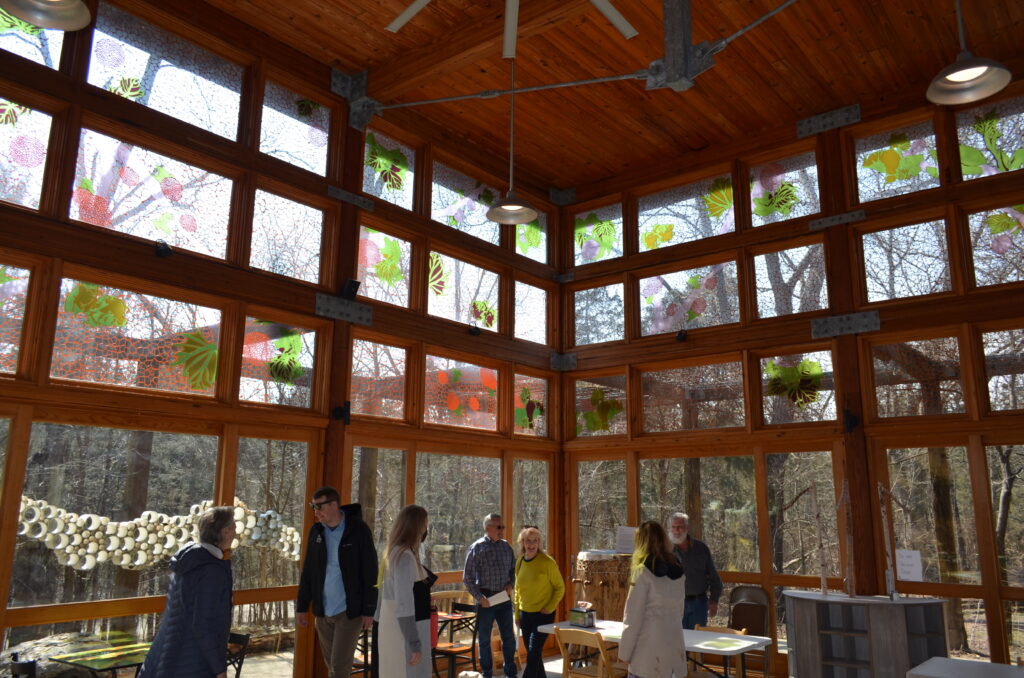

Functional goals for the building have been discussed at length, however. After a series of visits to nature centers across the Commonwealth, and an assessment of needs at Shaker Village, the Committee has recommended the following functional goals:
- A welcoming space to provide visitor orientation to the Preserve
- ADA compliant throughout the building, and with accessible parking
- Indoor and outdoor gathering spaces for group programs
- Ability to seat a minimum of 150 guests for an indoor banquet or reception
- Flexibility to divide gathering spaces to accommodate multiple and smaller groups
- Exhibition and gallery space to support interpretation of natural and cultural landscape (could surround reception area)
- Restrooms with both indoor and outdoor access and ability to subdivide as needed
- A service kitchen to support hosting catered events
- Retail opportunities for basic hiking supplies, snacks and souvenirs
- Staff dedicated spaces, including: offices, breakroom, laboratory, meeting space, restrooms, mud room
- Adequate storage for event supplies, programming supplies, field supplies, retail inventory and office supplies
- Parking for guests, staff, coach and school buses
- Equestrian tie points and loading steps
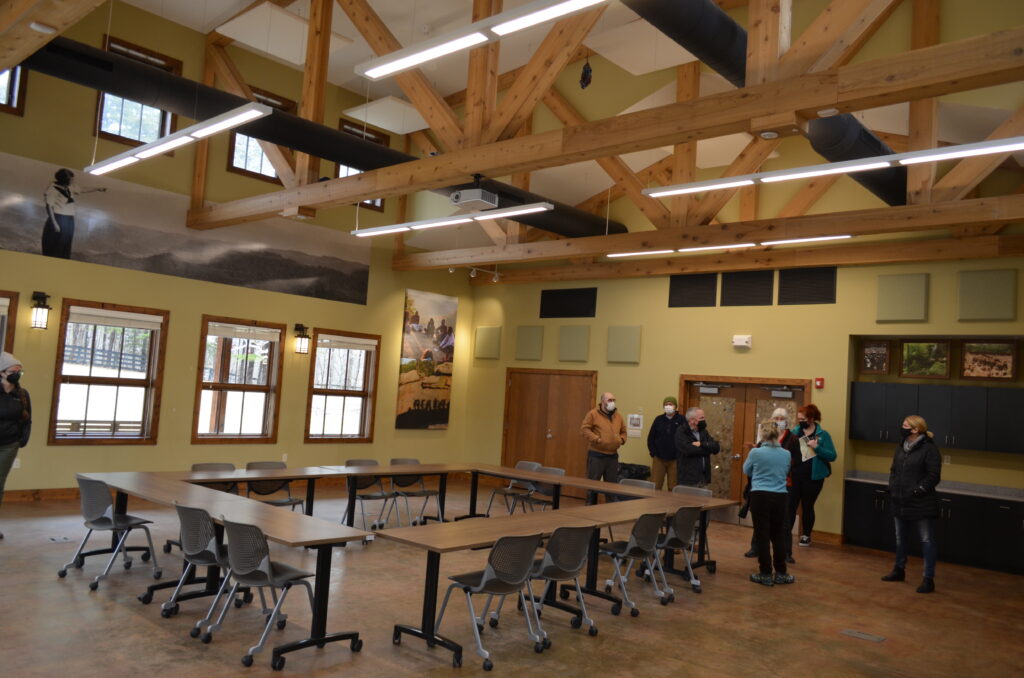
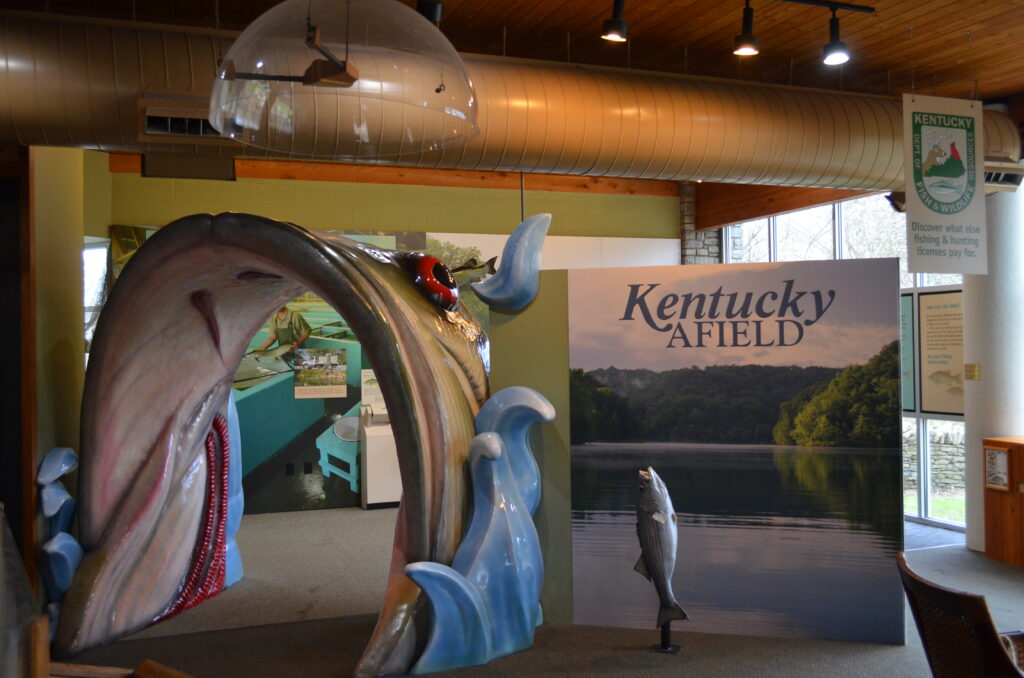
While the nature center at Shaker Village will be under development in the coming years, you can expect to see additional pilot programs and initiatives in the Preserve that will help our team hone their vision for the new facility. We look forward to sharing more with you, and hearing your feedback along the way!
Follow Our Progress
As projects develop, you can expect to hear more about the progress on social media, through emails and on the Shaker Village blog. We hope you follow along!
If you have questions about master site planning at Shaker Village, or if you would like to support our efforts, please reach out to our Vice President of Public Programming & Marketing, Billy Rankin at [email protected] or 859.734.1574.

